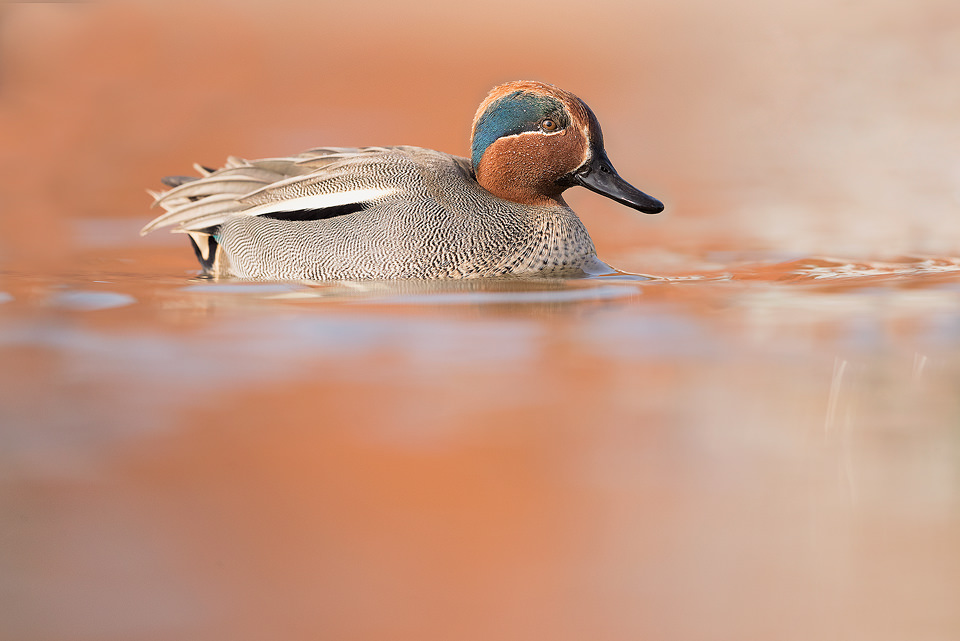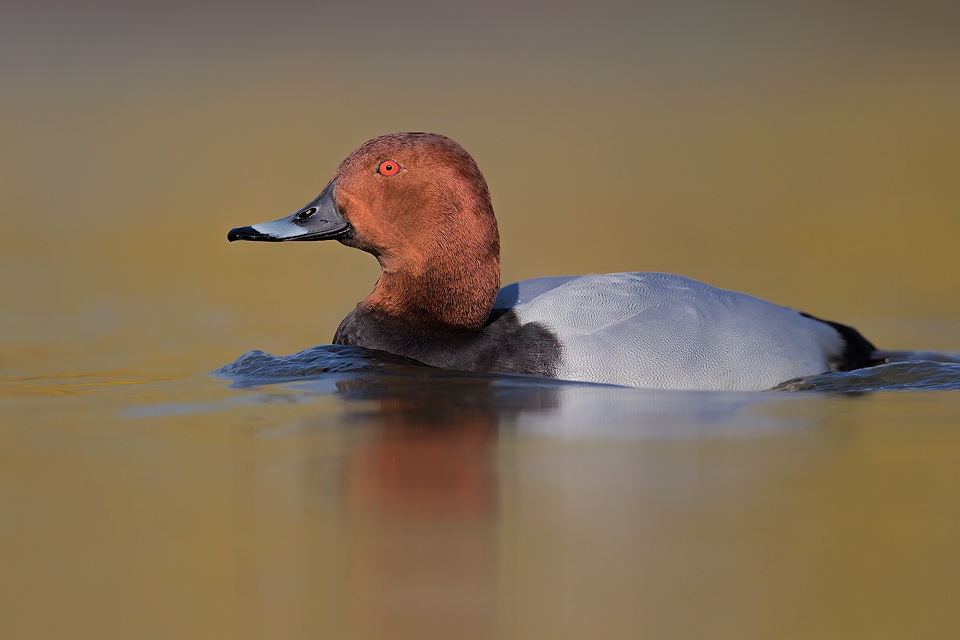Fitness difficulty:
Easy
Short walks along mostly flat ground.
Availability:
Year Round
January
December
Available All Year.
Join me on a waterfowl photography workshop for an amazing opportunity to photograph a wide variety of water birds on the edge of the stunning Peak District National Park.
The British Isles are home to some of the most interesting and varied waterfowl in the world. Various introduced species such as the colourful mandarin ducks have met with our iconic native species to form an incredibly diverse and photogenic selection.
Fitness difficulty:
Easy
Short walks along mostly flat ground.
Availability:
Year Round
January
December
Available All Year.
6 hours // £80 deposit
£220
1-2-1 Workshop
£180
1-2 Workshop (per participant)
4 hours // £60 deposit
£155
1-2-1 Workshop
£120
1-2 Workshop (per participant)
Reduced or extended workshops are available on request.


Thank you for the great workshop yesterday I learnt soo much. Haven’t yet started on the post processing but can’t wait to get stuck into that also. I feel much better equipped to approach Landscapes doing the scenes the justice they deserve.
This workshop offers a huge variety of birds to photograph, from exotic introduced species to iconic and rare native species such as eider ducks, smew and northern pintail, this workshop offers an incredible opportunity to fill your waterfowl portfolio throughout the day.
From close up detailed portraits to environmental and behavioural images my wildlife photography workshops will show you how to capture a stunning portfolio of images of a wide range of subjects.
I will teach you the essential fieldcraft and technical skills needed to get close without causing disturbance. I will also explain how to recognise different behaviours and habits so that you leave with a much better understanding of the wildlife.
Throughout the day we may have the opportunity to photograph a huge range of waterfowl including great crested grebes, mandarin ducks, wood ducks, red crested pochard, smew, eider ducks, northern pintail, egyptian geese and much much more!
Please visit the FAQ’s section for more information on what to bring.

